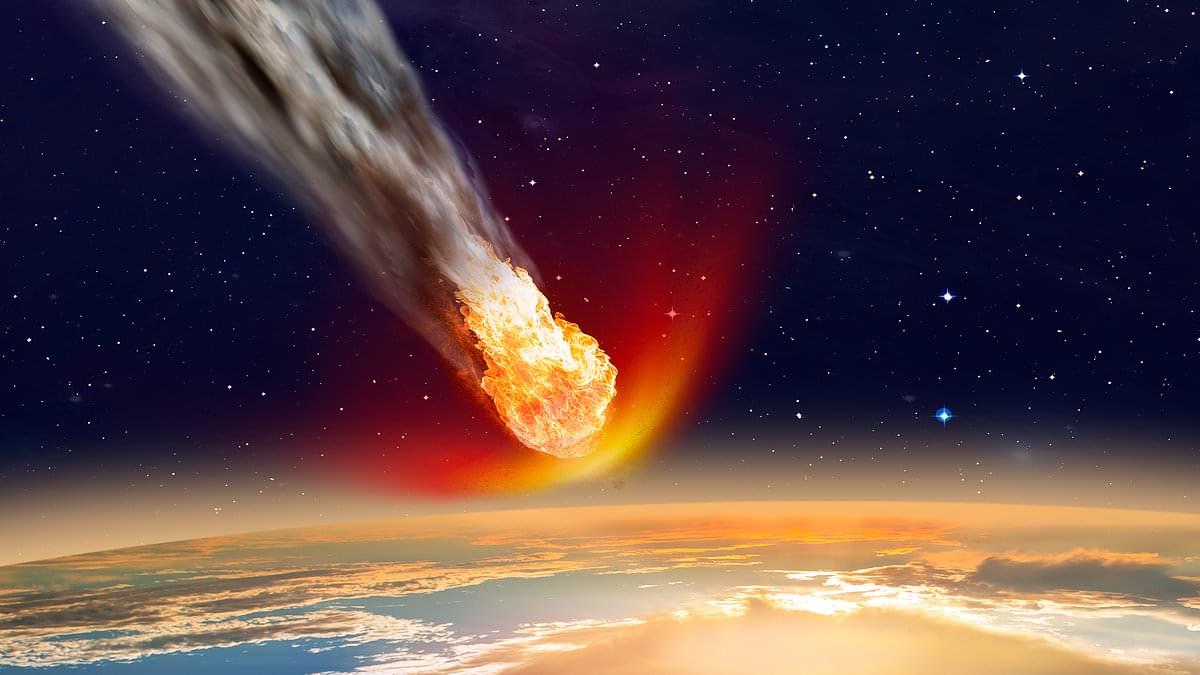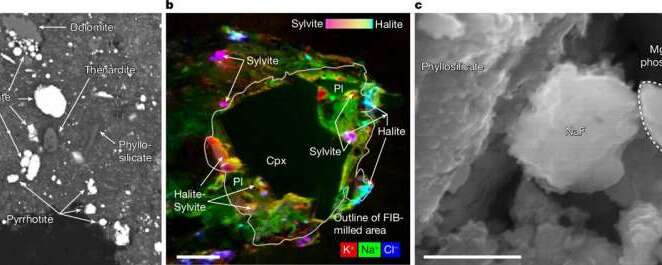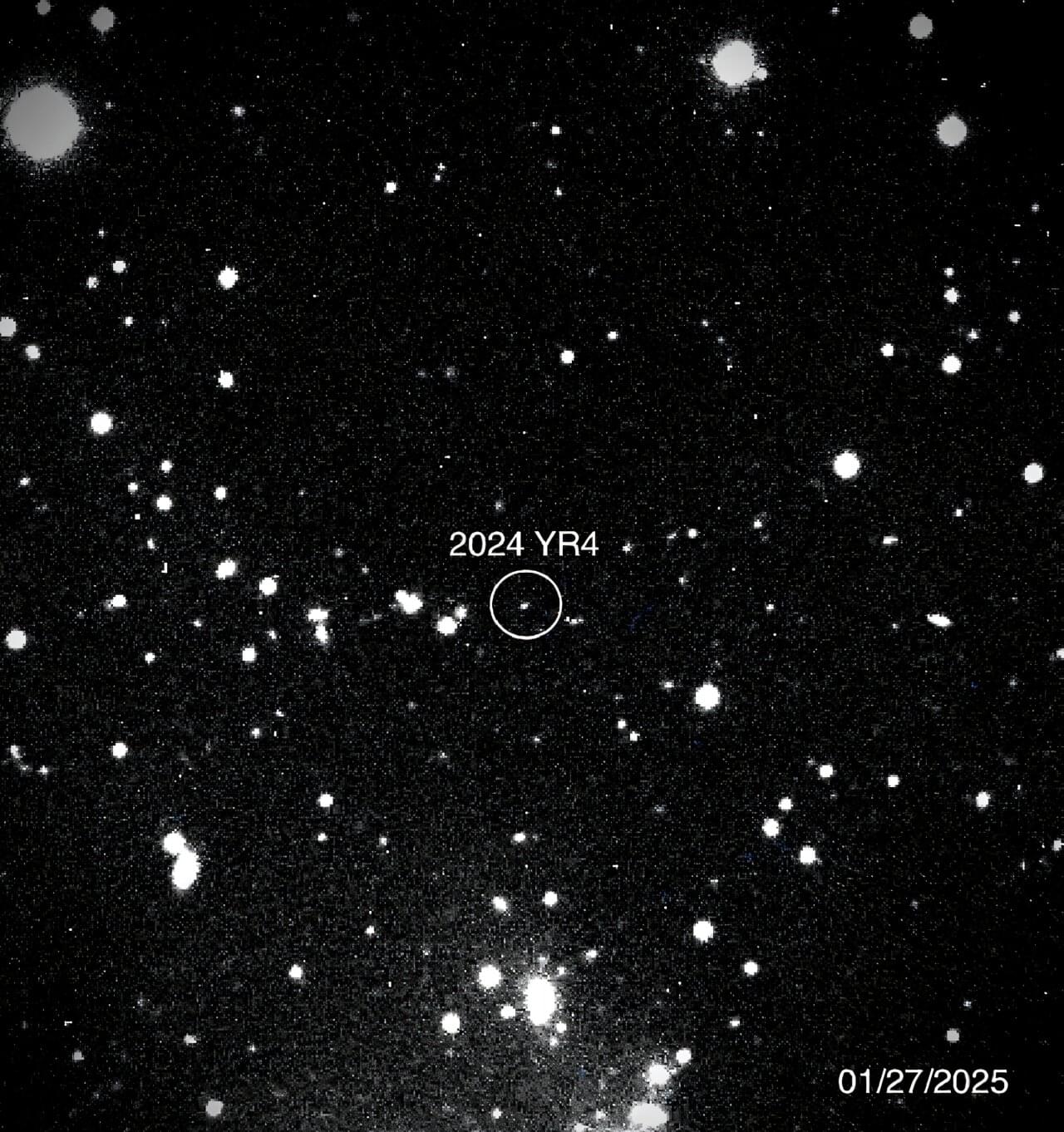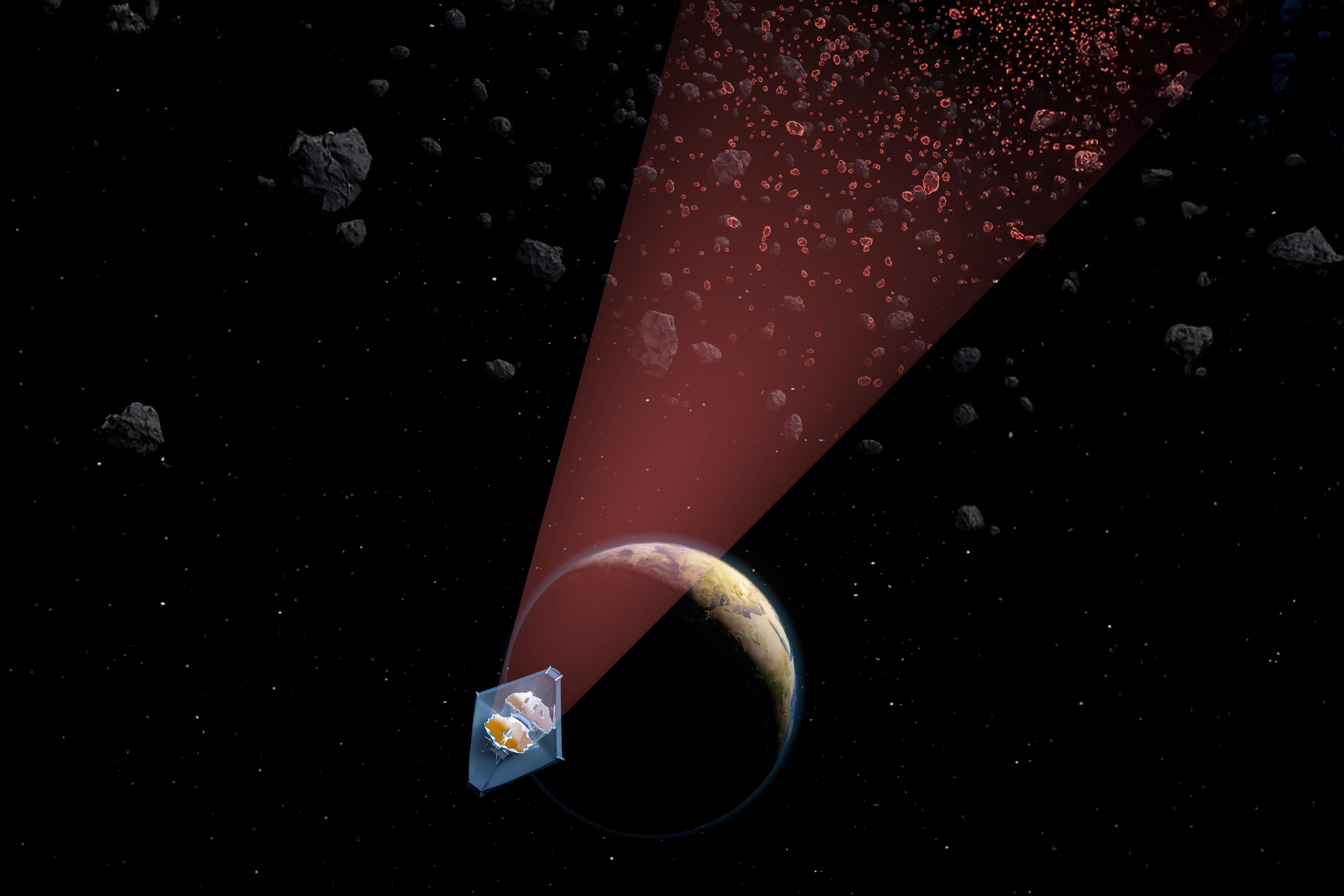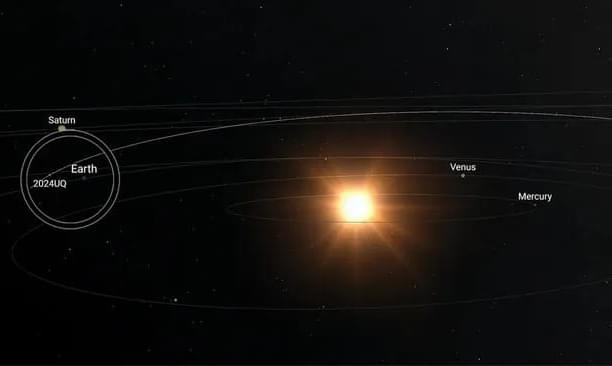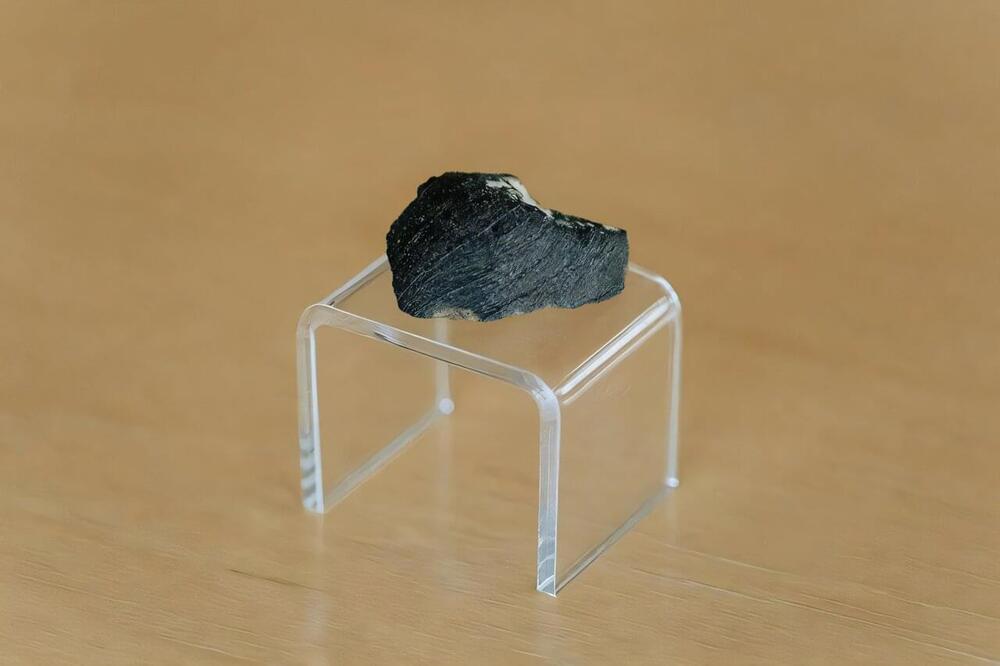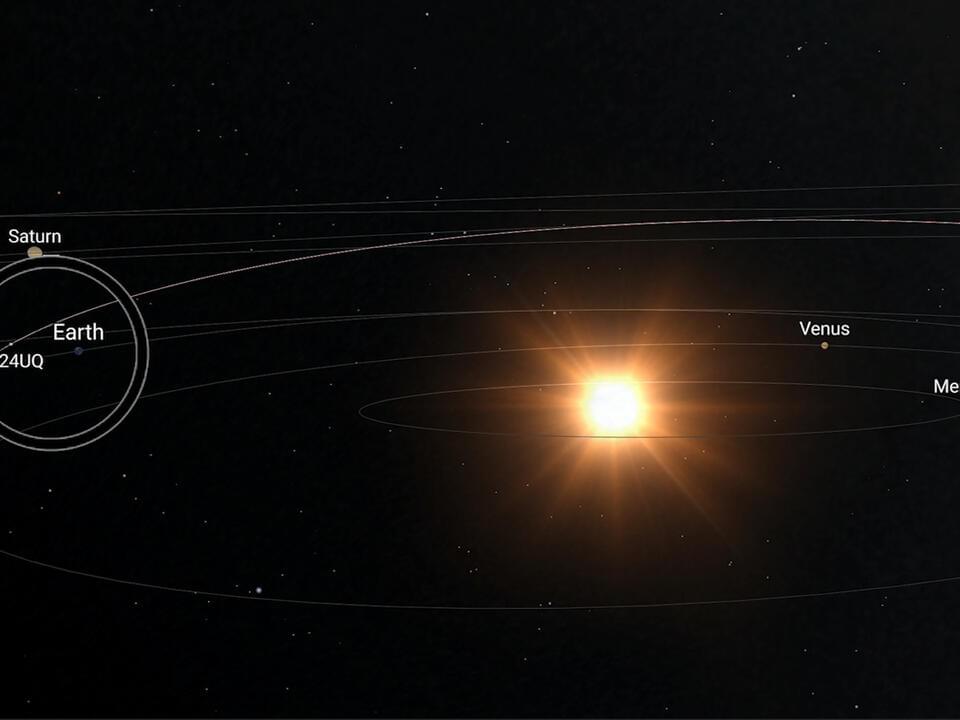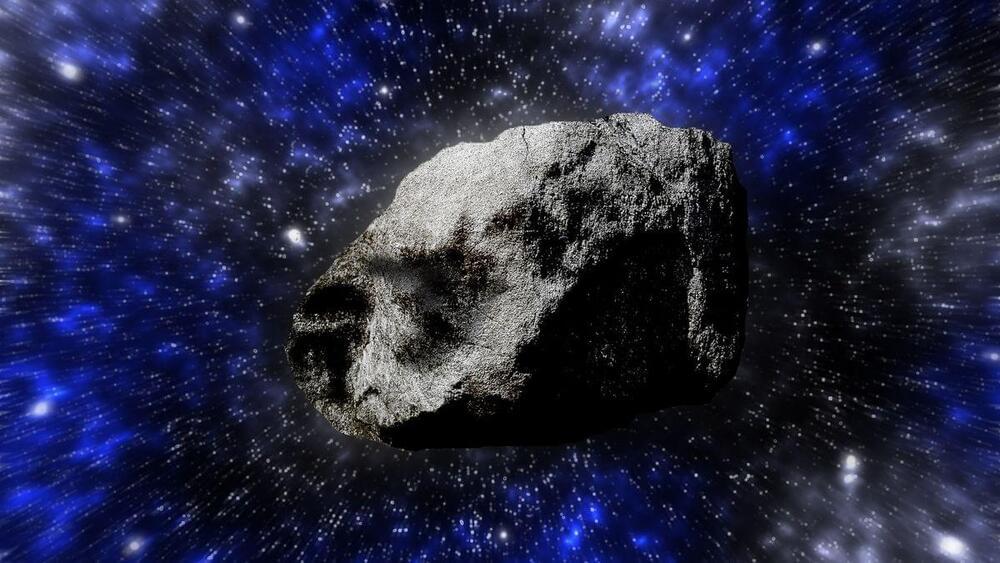Simulations of a potential impact by a hill-sized space rock event next century have revealed the rough ride humanity would be in for, hinting at what it’d take for us to survive such a catastrophe.
It’s been a long, long time since Earth has been smacked by a large asteroid, but that doesn’t mean we’re in the clear. Space is teeming with rocks, and many of those are blithely zipping around on trajectories that could bring them into violent contact with our planet.
One of those is asteroid Bennu, the recent lucky target of an asteroid sample collection mission. In a mere 157 years – September of 2,182 CE, to be precise – it has a chance of colliding with Earth.
